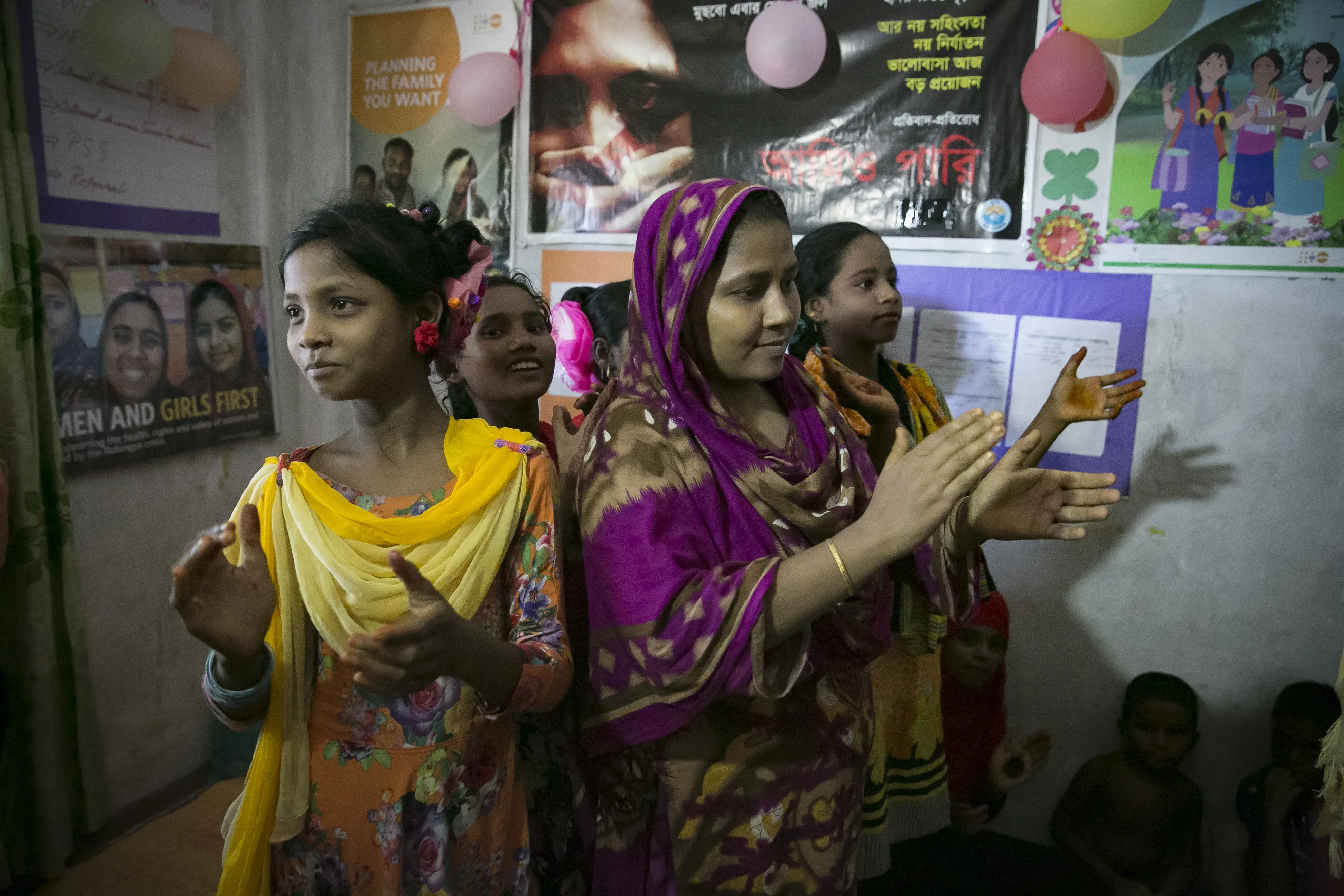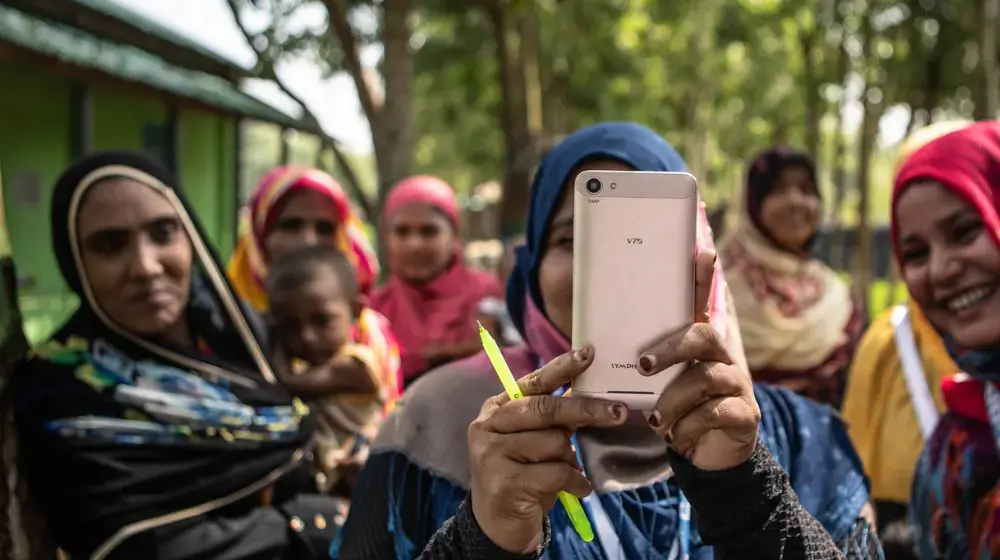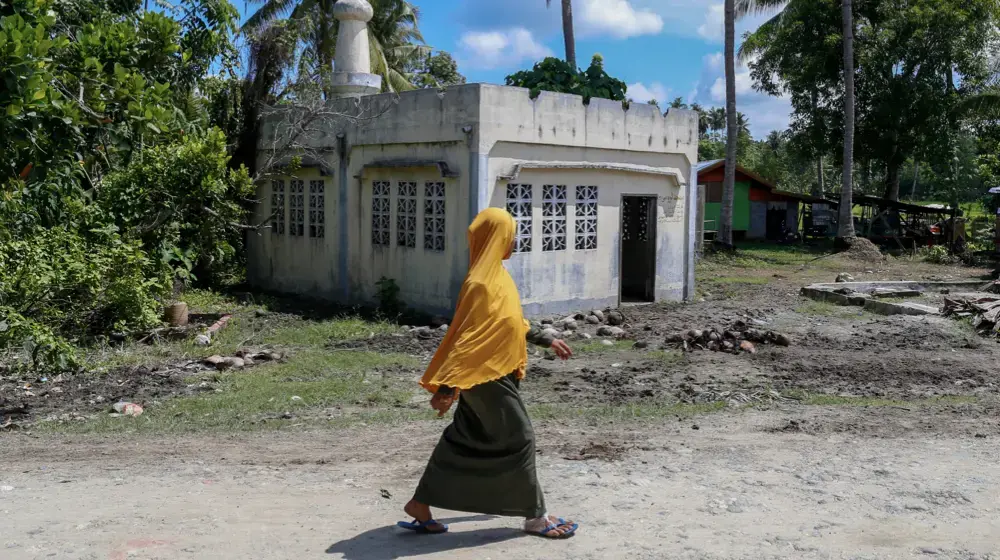“The hopes of the world rest on young people. Peace, economic dynamism, social justice, tolerance — all this and more, today and tomorrow, depends on tapping into the power of youth.” — UN Secretary-General António Guterres
There are currently 1.8 billion young people between the ages of 10 and 24 in the world. This is the largest youth population ever. But 1 in 10 of the world’s children live in conflict zones and 24 million of them are out of school. Political instability, labour market challenges and limited space for political and civic participation have led to increasing isolation of youth in societies.
12 August was first designated International Youth Day by the UN General Assembly in 1999, and serves as an annual celebration of the role of young women and men as essential partners in change, and an opportunity to raise awareness of challenges and problems facing the world’s youth.
“Safe Spaces for Youth” - The theme of IYD 2018
Youth need safe spaces where they can come together, engage in activities related to their diverse needs and interests, participate in decision making processes and freely express themselves.
While there are many types of spaces, safe spaces ensure the dignity and safety of youth. Safe spaces such as civic spaces enable youth to engage in governance issues; public spaces afford youth the opportunity to participate in sports and other leisure activities in the community; digital spaces help youth interact virtually across borders with everyone; and well planned physical spaces can help accommodate the needs of diverse youth especially those vulnerable to marginalization or violence.
There is also a need for safe spaces amid disasters and conflicts, serving as an integral part of humanitarian response, whether in refugee camps or other environments where people displaced or otherwise affected by such crises are forced to seek shelter.
Ensuring that safe spaces are inclusive, youth from diverse backgrounds especially those from outside the local community, need to be assured of respect and self-worth. In humanitarian or conflict prone settings for example, youth may lack the space to fully express themselves without feeling uncomfortable or unwelcome. Similarly, without the existence of safe space, youth from different race/ethnicity, gender, religious affiliation or cultural background may feel intimidated to freely contribute to the community. When youth have safe spaces to engage, they can effectively contribute to development, including peace and social cohesion.
The 2030 Agenda for Sustainable Development, specifically Goal 11, emphasizes the need for the provision of space towards inclusive and sustainable urbanization. Furthermore, the New Urban Agenda (NUA) reiterates the need for public spaces for youth to enable them to interact with family and have constructive inter-generational dialogue. Additionally, the World Programme of Action for Youth (WPAY) which is the UN framework for youth development, prioritizes the provision of “leisure activities” as essential to the psychological, cognitive and physical development of young people. As more and more youth grow in a technologically connected world, they aspire to engage deeper in political, civic and social matters, and the availability and accessibility of safe spaces becomes even more crucial to make this a reality.
Learn more about IYD 2018 and how you can participate, by downloading the IYD Toolkit here: http://www.un.org/en/events/youthday/




